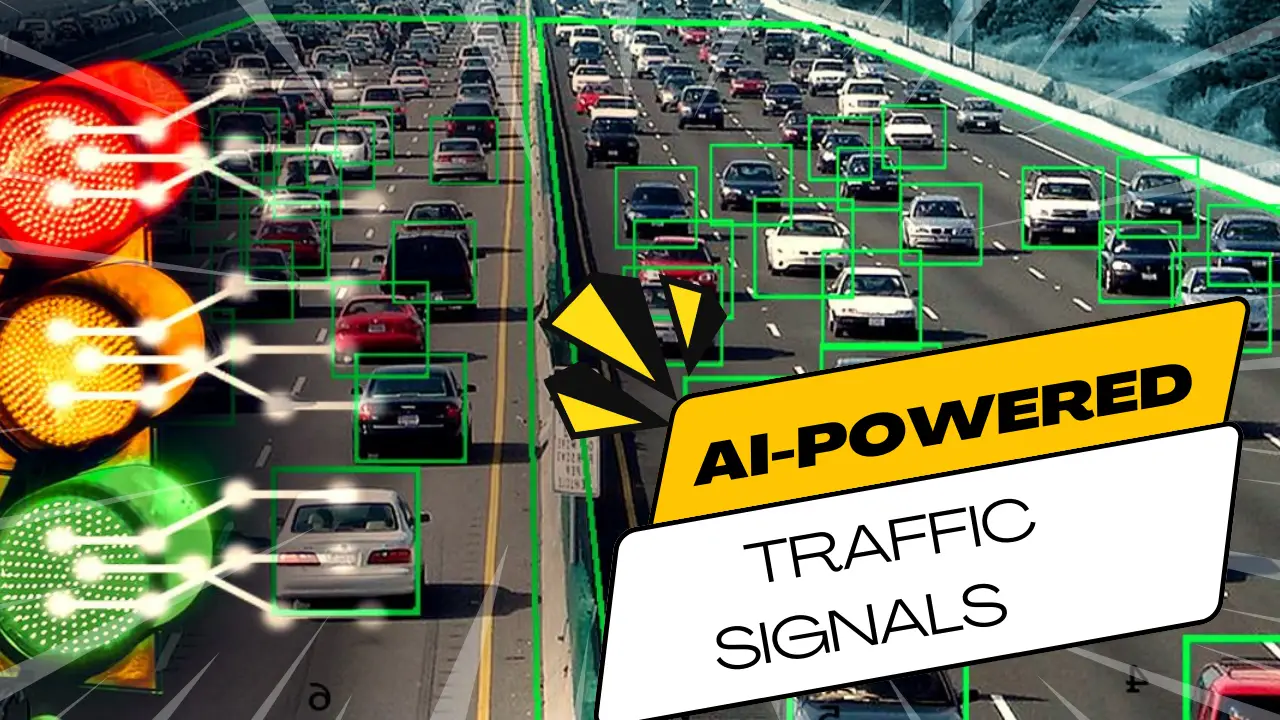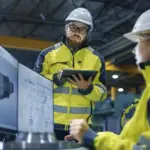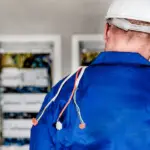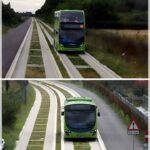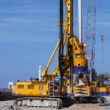Do you ever wonder about the air you breathe and the invisible threats it carries? Vehicle pollution isn’t just a global concern; it’s a problem right outside your door, impacting both our environment and our health. But what if there was a groundbreaking solution that not only eases traffic flow but also tackles the very air we breathe?
Join us as we unveil a revolutionary approach that could transform the way we navigate our cities.
But if you’re new to I am civil engineer; hit the subscribe button to get such exciting construction stories, trends, and insights.
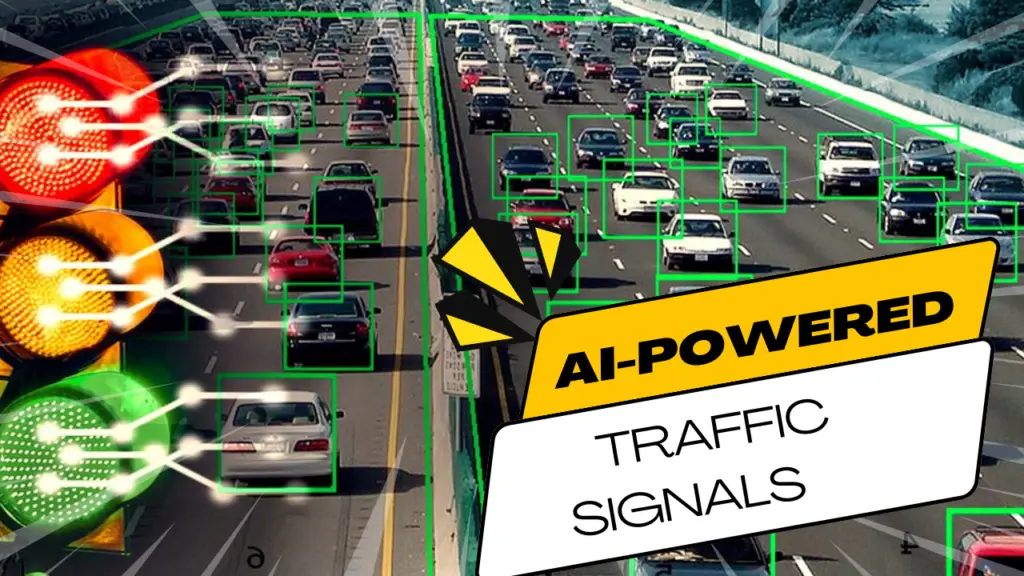
The Problem
Let’s first try to understand the Problem;
As you drive through the city, have you ever considered the cloud of pollutants left in the wake of your vehicle?
It turns out, vehicle pollution is a major player in the global air pollution crisis, contributing to the release of harmful substances like carbon monoxide and nitrogen oxides.
But here’s the kicker – did you know that nearly one-third of the United States’ greenhouse gas emissions come from transportation? The numbers are staggering and demand a solution.
The Hope – The Solution
So, what’s the Beacon of Hope or how to decrease such Emissions?
Now, imagine if technology could be the key to reducing this silent threat.
Like Us on Facebook!
Meet Yu Yang, an assistant professor leading a team at Lehigh University. They’re not just dreaming; they’re actively using machine learning to design traffic light systems that are not only socially conscious but also environmentally friendly.
Subscribe Us on YouTube!
They’ve developed AI-powered traffic signals that incorporate a social component into a traffic control system. This traffic management system is socially and environmentally conscious. It’s an attempt to drastically reduce emissions from vehicles.
The core of this technology is a low-cost, mobile air-quality sensor device. This device will be able to locate high-pollution areas which will eventually help understand the environmental needs of different locations.
Picture this, a hospital may have high number of vulnerable people that require more protection. So, these sensors will use all such data and technology to develop a temporal graph that help the model determine traffic situation in the city and help the traffic to stay away from such hot spots in the city.
So, it’s an attempt to regulate traffic signals not just to avoid traffic jams but to enhance air quality by taking into account traffic signals around the city. It’s like using signals as a cloud and device a pattern that will produce the least pollution reducing the overall risk for vulnerable people.
Can traffic lights be the answer to lowering vehicle emissions?
Here’s A Three-Pronged Strategy:
Yang and his team have devised a three-pronged strategy, a game-changer in the quest for cleaner air. Picture this: a low-cost, mobile air-quality sensor that pinpoints pollution hotspots, tailoring solutions to the specific needs of different locations. It’s not just about traffic flow; it’s about understanding the environmental pulse of our cities.
The question is, can this approach really make a difference?
Hold on, because here’s where it gets truly groundbreaking.
Yang’s team is not just focusing on the technical side of things; they’re incorporating a social element into their traffic control system.
For the first time ever, human behavior is a crucial component in managing traffic signals. It’s not just about the machines; it’s about us, the people.
Can this innovative approach redefine the way we think about traffic control?
Consider this: most studies assume people choose their rides at random. But Yang challenges that notion, asserting that understanding how people really interact with the system can enhance their algorithm. It’s not just about predicting traffic patterns; it’s about accurately predicting human behavior.
The ultimate goal of this project is to develop a web-based system that empowers you, the city dweller, with real-time information about air quality specific to your location. This system will also help city transportation officials to control signals in real time in a way to mitigate air quality in the most polluted areas.
Imagine making educated decisions about when and where you go, armed with the knowledge of air quality levels.
Yang’s goal is clear: to give you the power to take charge of your environment.
But the questions is; Can this system truly change the way we navigate our cities? Well for the answer, we may have to wait a bit and let the technology do wonders.

